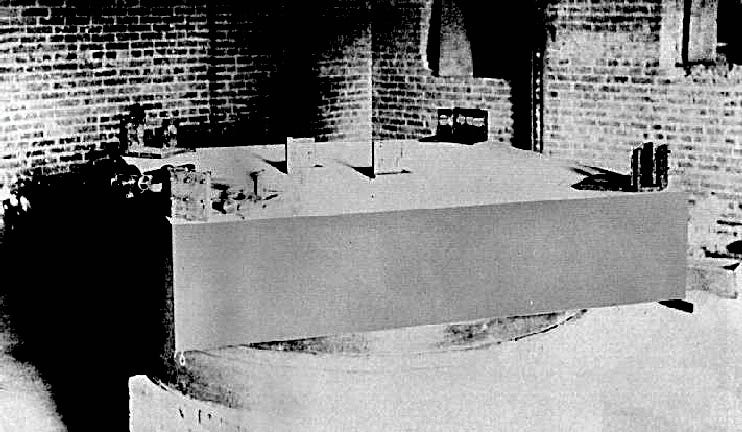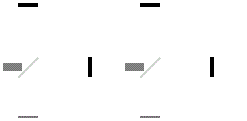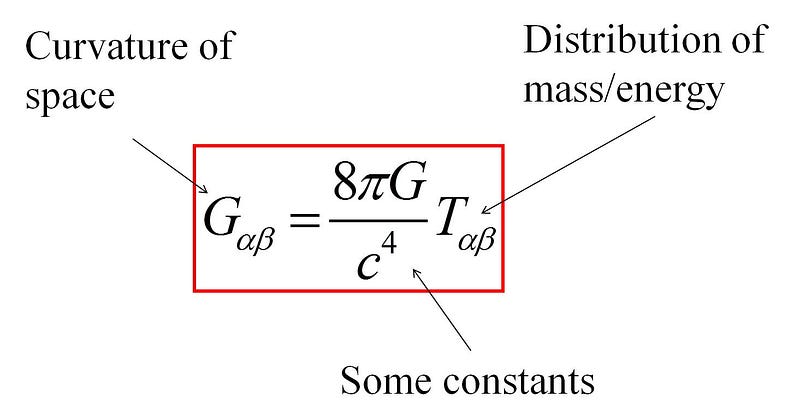Now
that you know how an interferometer works it’s obvious your next
question would be to know how sensitive are they ? Here I take the
second question first and then move on to answer how sure are we that we
have detected a Gravitational Wave. In case you are here for the first
time or have no clue about interferometers or Gravitational wave
astronomy you might want to read my previous article first.
A bit of History

Once
Maxwell had established that light is an electromagnetic wave soon the
quest begin to find the medium in which these waves travel. Sound waves
need air to propagate so it was generally assumed that even Light needs a
medium to propagate.
Physicists
back then proposed that there must exist a medium called Luminiferous
aether through which light must propagate. Then began the quest to
detect this medium and prove that Luminiferous aether actually exists.
Michelson and Morley were determined to prove that such aether indeed
exist and created the first Interferometer in 1880’s that would be used
more than 130 years later to detect the first Gravitational Waves.
Even
back then this experiment needed to be extremely sensitive, the entire
setup was made to float on a pool of mercury so as to remove any errors
that may have arise due to seismic or other mechanical vibrations.
Mercury can vaporize at high temperature and its vapor are extremely
toxic. Mercury is also very difficult to handle you would appreciate
this if you have ever dropped a thermometer.
To
allow the more precision in measurement the light waves were allowed to
bounce back to and fro in the arms of the interferometer 8 times before
it was allowed to interfere this gave the arms a theoretical length of
11 meter while physically they were around 68 cm long.
Still
there could have been errors due to the location of the experiment or
the orientation of the set up as the aether may be flowing in the
opposite direction to set-up. Thus Michelson and Morley would rotate the
setup various times and take observation. The same experiment was
repeated on various times of day and at different locations like plains,
Mountain tops and beaches to prove invariance of the result under
various external circumstances.

Now
you would be able to appreciate how careful one had to be even with the
earliest interferometer before making any conclusive claims based on
the observations.
As a matter of fact which you might have guessed till now this proved to be the most famous failed experiment till date!
How sensitive does LIGO needs to be to detect Gravitational Waves ?

The value of constant in the center of the equation which is also known as Einstein’s Constant is:-

what
is remarkable here is that the order of K is negative of 43 that means
one would require atleast 10⁴³ Joules or 2.77 x 10³⁶ Units of
electricity from energy company or 10²⁶ Kg of Mass energy equivalence
foe producing distortion of just 1 SI unit change in space time fabric.
That means what we actually call the space time fabric is way more rigid
than any know substance including diamonds. Even if the entire earth or
even sun as a matter of fact was to be converted into energy such
energies are not achievable.
So
we need to rely on the most energetic process in our universe as a
source to our waves we need to detect. Colliding Black holes.
Even
then we would fall short of around 6 orders of change in length. This
can be reduced by building an interferometer with arm length of the
order of kilometer to reduce the needed order to 3 and then making the
beam bounce to and fro on the arms 100 times to get the required
accuracy in a device which can then effectively measure the change in
length to the diameter of a proton. These are just the design parameters
that are required for LIGO or other Gravitational Wave detectors there
are many other noise sources that must be eliminated before we can use
this detector.
Noise Sources.
The
advanced LIGO is sensitive enough to measure the strain of order 10-²⁴
in the the range of 100Hz frequency. This means that a-LIGO can detect
change in length with precision of upto 10-²¹ meters for 4 kilometer
length arms. For perspective that is few orders more sensitive than
measuring the circumference of earth with accuracy in centimeters. For
achieving such spectacular sensitivity many noise sources have to be
mitigated namely:-
- Seismic Noise: These noise sources are caused by ground vibrations like moving trains, cars, earthquakes and other such stuff. Ideally an interferometer like LIGO should be made in as isolated place as possible. The earthquakes in pacific Ocean and sea-waves hitting the coast hundreds of kilometers away too can be observed in LIGO. They constantly keep tabs on earthquake data and take a coffee break if even if a small earthquake strikes in vicinity.
- Thermal Noise: Atoms and molecules are constantly vibrating in at any temperature, as temperature increases so does this vibration. While the mirrors in LIGO are solid for us they are as bad as a surface of boiling water for the incoming light due to the thermal vibrations of the mirrors.
- Quantum Noise: Remember that Light has both particle and wave nature? you must have learnt this in your high school Physics this is one of the major sources of noise in LIGO. Due to hisenberg’s uncertainity principle it is very difficult to count the exact no of photons that are recieved back.
- Photon Pressure: When the light strikes the mirror it exerts a pressure on the mirror that can make it swing back and forth, this disturbs our observations in measuring the actual length of the arms of LIGO.
- Refractive Index: The Change refractive index of media can alter the speed of light waves causing them to arrive later than expected and ruining our experiment. If the gas in one of the arms is more heated than in other we may have different refractive indices for both arms and light in one arm may not travel as fast as light in other.
The curious case of 50Hz line

During
the observation runs scientists at LIGO were perplexed by an
unaccounted noise source that would humm at 50Hz frequency. Also this
noise was periodic in nature would disappear and reappear in different
times. After much digging it was discovered that the compressor of a
refrigerator was causing this noise as it starts and shuts down
according to thermostat! See how the frequency also corresponds to the
AC cycles of power supplied commercially.
Mitigating the Noise
To
reduce the seismic noises these detectors are built at places that are
the most desolate far from the coast and with very stable weather
patterns. The arms of the LIGO are kept at Ultra Low Vacuum (4 Km long
vacuum) to reduce Gas Noise. Mirrors weigh a whopping 40 Kg each to
suppress the photon pressure and seismic noise. Also these mirrors are
cryogenically cooled to reduce thermal noise. Mirrors are also suspended
like a pendulum so they oscillate to eliminate vibrational noise. Even
after all this not all noises can be eliminated and they need to be
vetoed out from the end observations.
How sure are we that we have detected a Gravitational waves?
First
we must know how a Gravitational wave would look like or sound like
before we can claim discovery. Extremely powerful Supercomputers were
run to simulate such waves and create a template that can then used to
match the incoming data. Such simulations were done time and again and
best possible filters and algorithms were developed to flag such
sources.
Initially
scientists at LIGO were not sure what could be the possible sources of
noise so more than 200,000 auxilary channels like cosmic ray detectors,
seismographs, Barometers etc. were installed and the data was
co-releated with that of detector to avoid statistical flukes and non GW
signals being flagged as GW signals.
Weather
like earthquakes and lightning in real time are tracked to eliminate
the noise sources. During the validation of discovery of 1st
Gravitational Waves, lightning that had struck 10,000 km from the site
was checked as a possible source of fluke in data.
Two
is better than One. Having two detectors means the result in one can be
cross-checked against another to be double sure. It also eliminates all
the local parameters that could be responsible for generating GW like
signal.
After
all this rigorous scrutiny we are as sure that only once in 2,89,000
years our data could be flawed or such signals be creation from random
noise. That is very sure to be certain of discovery.
This is the greatest feat of experimentation and engineering till date. What they have achieved is not even digest able to people in first glance, its only when we look at their methodology and attention to detail we believe its all possible.
Comments
Post a Comment